This month sees the following articles in Environmental Science: Processes & Impacts that are in the top ten most accessed April – June:-
Heavy metals and organic compounds contamination in soil from an e-waste region in South China
Ming Liu, Bo Huang, Xinhui Bi, Zhaofang Ren, Guoying Sheng and Jiamo Fu
Environ. Sci.: Processes Impacts, 2013,15, 919-929
DOI: 10.1039/C3EM00043E
Quantifying temporal and spatial variations in sediment, nitrogen and phosphorus transport in stream inflows to a large eutrophic lake
Ming Liu, Bo Huang, Xinhui Bi, Zhaofang Ren, Guoying Sheng and Jiamo Fu
Environ. Sci.: Processes Impacts, 2013,15, 1137-1152
DOI: 10.1039/C3EM00083D
Application of fluorescence and PARAFAC to assess vertical distribution of subsurface hydrocarbons and dispersant during the Deepwater Horizon oil spill
Wilson G. Mendoza, Daniel D. Riemer and Rod G. Zika
Environ. Sci.: Processes Impacts, 2013,15, 1017-1030
DOI: 10.1039/C3EM30816B
Molecular toxicology of polybrominated diphenyl ethers: nuclear hormone receptor mediated pathways
Xiao-Min Ren and Liang-Hong Guo
Environ. Sci.: Processes Impacts, 2013,15, 702-708
DOI: 10.1039/C3EM00023K
Sources, transport and fate of PAHs in sediments and superficial water of a chronically polluted semi-enclosed body of seawater: linking of compartments
Elisa Rojo-Nieto, Diego Sales and José Antonio Perales
Environ. Sci.: Processes Impacts, 2013,15, 986-995
DOI: 10.1039/C3EM00050H
PAHs in the Chinese environment: levels, inventory mass, source and toxic potency assessment
Ji-Zhong Wang, Cheng-Zhu Zhu and Tian-Hu Chen
Environ. Sci.: Processes Impacts, 2013,15, 1104-1112
DOI: 10.1039/C3EM00070B
Polyaromatic hydrocarbons (PAHs) sorption behavior unaffected by the presence of multi-walled carbon nanotubes (MWNTs) in a natural soil system
Shibin Li, Todd A. Anderson, Micah J. Green, Jonathan D. Maul and Jaclyn E. Cañas-Carrell
Environ. Sci.: Processes Impacts, 2013,15, 1130-1136
DOI: 10.1039/C3EM00099K
Size distribution effects of cadmium tellurium quantum dots (CdS/CdTe) immunotoxicity on aquatic organisms
A. Bruneau, M. Fortier, F. Gagne, C. Gagnon, P. Turcotte, A. Tayabali, T. L. Davis, M. Auffret and M. Fournier
Environ. Sci.: Processes Impacts, 2013,15, 596-607
DOI: 10.1039/C2EM30896G
Statistical analysis and estimation of annual suspended sediments of major rivers in Japan
Pingping Luo, Bin He, Pedro Luiz Borges Chaffe, Daniel Nover, Kaoru Takara and M. A. Z. Mohd Remy Rozainy
Environ. Sci.: Processes Impacts, 2013,15, 1052-1061
DOI: 10.1039/C3EM30777H
Fecal pathogen pollution: sources and patterns in water and sediment samples from the upper Cook Inlet, Alaska ecosystem
Stephanie A. Norman, Roderick C. Hobbs, Stefan Wuertz, Ann Melli, Laurel A. Beckett, Nadira Chouicha, Arti Kundu and Woutrina A. Miller
Environ. Sci.: Processes Impacts, 2013,15, 1041-1051
DOI: 10.1039/C3EM30930D
Why not take a look at the articles today and blog your thoughts and comments below.
Fancy submitting an article to Environmental Science: Processes & Impacts? Then why not submit to us today or alternatively email us your suggestions.











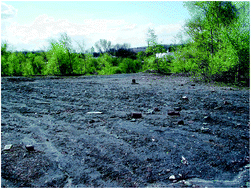
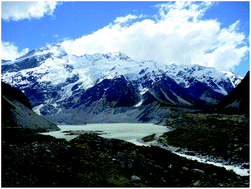
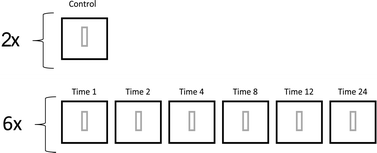
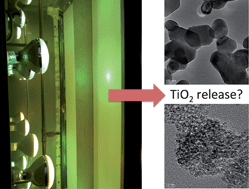
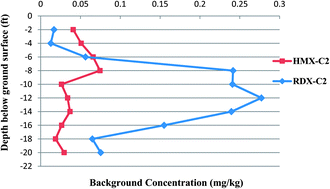
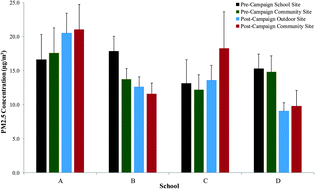
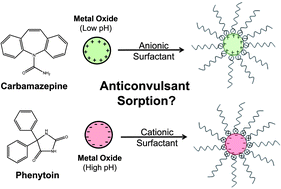
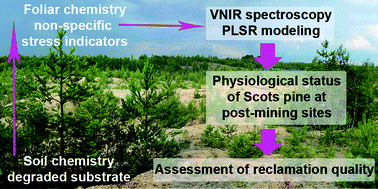
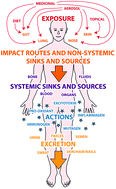
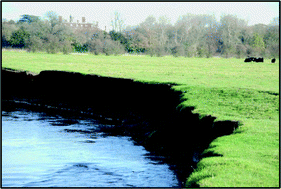
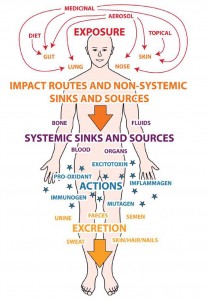
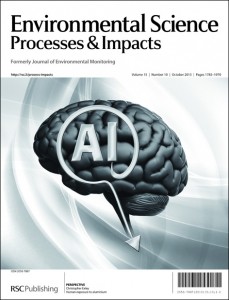
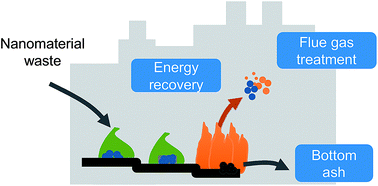 Nanomaterials have become a ‘hot topic’ within many spheres of science, from their manufacture and use through to their toxicity. However a critical review by Holder et al, has shed light on their disposal by incineration, an often overlooked area.
Nanomaterials have become a ‘hot topic’ within many spheres of science, from their manufacture and use through to their toxicity. However a critical review by Holder et al, has shed light on their disposal by incineration, an often overlooked area.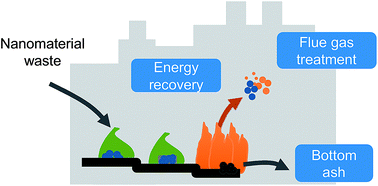
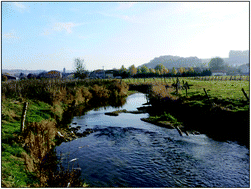
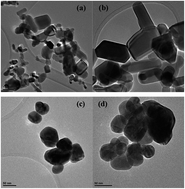
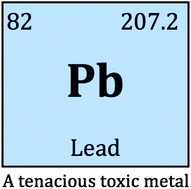
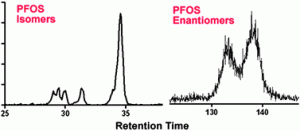
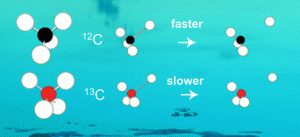
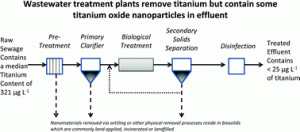
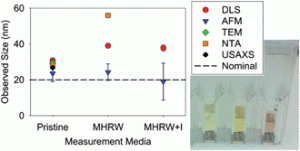
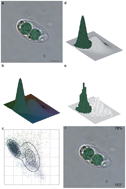 Algae are identified in variety of research fields and used as indicators of water quality. Quantifying and identifying algae is often a laborious task and requires a high level of skill. Although there are several automated techniques now available, commercial developments have been limited. Several software techniques based on imaging have been previously presented, however they’re often limited to only a few algal types, so not applicable to field samples.
Algae are identified in variety of research fields and used as indicators of water quality. Quantifying and identifying algae is often a laborious task and requires a high level of skill. Although there are several automated techniques now available, commercial developments have been limited. Several software techniques based on imaging have been previously presented, however they’re often limited to only a few algal types, so not applicable to field samples. 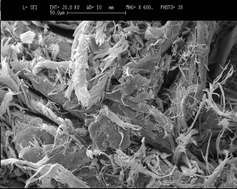
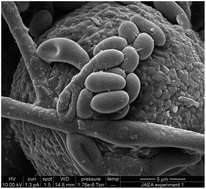
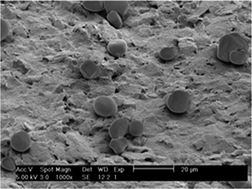
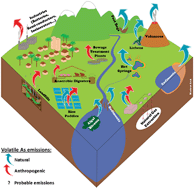

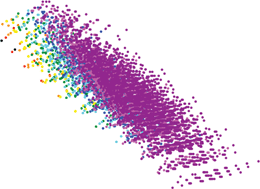
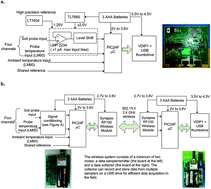
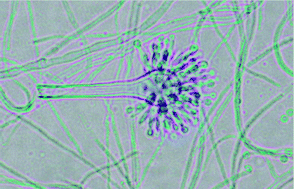 Fungal antigens, e.g. from damp homes, have been linked to a variety of illnesses and allergies. Traditional techniques of identifying them, such as culture based-methods or microscopy, have several drawbacks including not being able to identify fungal fragments and limitations in species classification. Currently available commercial monoclonal antibody-based ELISAs are avilable, however they have not been as successful in fungal identification as they have been in other common indoor allergens.
Fungal antigens, e.g. from damp homes, have been linked to a variety of illnesses and allergies. Traditional techniques of identifying them, such as culture based-methods or microscopy, have several drawbacks including not being able to identify fungal fragments and limitations in species classification. Currently available commercial monoclonal antibody-based ELISAs are avilable, however they have not been as successful in fungal identification as they have been in other common indoor allergens.